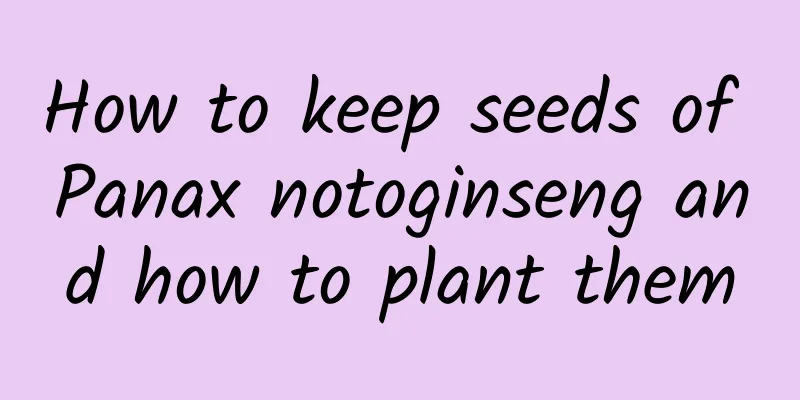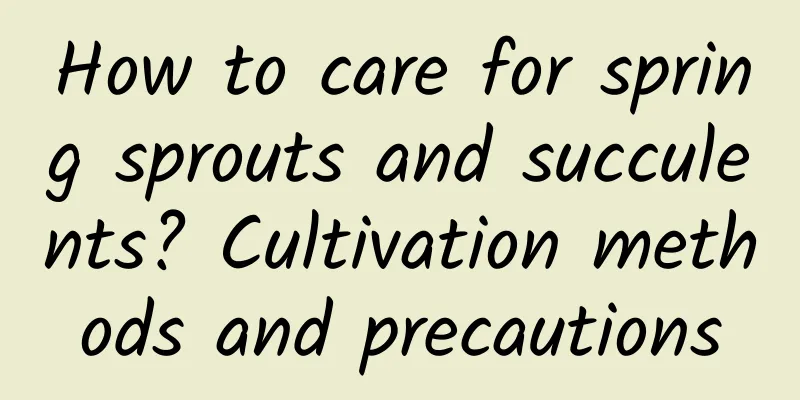Fertilization principles for flowers

Fertilize according to the seasonSpring and summer are the peak growth periods for plants. Plants grow rapidly during this period and have a greater demand for nutrients. It is necessary to apply "three-element" fertilizers mainly composed of nitrogen fertilizers. A small amount of phosphorus and potassium fertilizers can be applied in autumn to improve the plants' ability to resist cold and survive the winter. In winter, flowers enter a dormant period, and a small amount of fertilizer can be applied to meet growth needs. Fertilize according to plant growthHealthy plants grow fast and require more nutrients, so they need to be fertilized frequently with small amounts of fertilizer; diseased plants grow slowly and require less fertilizer, so less fertilizer or no fertilizer can be applied. Fertilize according to the plant growth periodDuring the bud stage, the plants should be fertilized with fertilizers mainly composed of phosphorus and potassium, which can promote the differentiation of flower buds and make the plants bloom more; it is not advisable to apply fertilizer when the plants are flowering, otherwise the flowering period will be shortened; fertilizing when the plants are setting fruit but the fruit has not yet firmly established will cause fruit drop. It is advisable to apply phosphorus and potassium fertilizers when the fruit is firmly established, especially during the fruit expansion period, to promote fruit growth. Fertilization according to plant typeAlkaline fertilizers are prohibited for certain plants, such as azaleas and gardenias. For flowers that need heavy pruning every year, the proportion of phosphorus and potassium fertilizers should be appropriately increased to promote the sprouting of new branches. Nitrogen fertilizers are suitable for flowers that are mainly for viewing leaves. Phosphorus and potassium fertilizers are suitable for the flowering period of fragrant flowers. Fruit-viewing flowers should be fertilized with sufficient fertilizer during the fruit-bearing period to increase the amount of fruit. |
<<: How to apply fertilizer to flowers
>>: The difference between decomposed and undecomposed fertilizers
Recommend
What to do if geranium only grows leaves but does not bloom
1. Increase lighting Reason: Geraniums need suffi...
Does Hongyun Dangtou like sunshine?
1. Do you like sunshine? It is an ornamental plan...
How to grow the silkworm
1. Sufficient sunlight During the growth stage, s...
Tips for repotting bougainvillea in summer: methods and steps for repotting
Repotting bougainvillea in summer Bougainvillea g...
The efficacy and function of Oncidium
Ornamental value Oncidium is native to South Amer...
What flowers are suitable for growing in Chuzhou? What are the city flowers and trees?
1. Climate characteristics of Chuzhou Chuzhou has...
Can Black Mage be hydroponically cultivated?
Black magic can be hydroponically cultivated Blac...
When is the best month to plant copper coin grass?
When is the copper coin grass planted? The pennyw...
How to make orchids take root quickly
How to quickly root orchids 1. Planting of miscel...
How long does it take for Chinese toon cuttings to take root? How to increase the survival rate of cuttings?
Rooting time of Chinese toon cuttings It is recom...
How to grow hibiscus
1. Lighting Hibiscus is a woody flower of the Mal...
The breeding methods and precautions of Panax notoginseng
1. Maintenance methods 1. Temperature: It has rel...
How to hydroponically cultivate lotus
1. Prepare the basin Since this plant likes to ca...
How to grow orchids, orchid pictures
1. How to raise 1. Soil: The planting soil can be...
When is the best season to transplant crabapple seedlings? Can they survive without soil?
1. Transplanting time Transplanting crabapple see...









